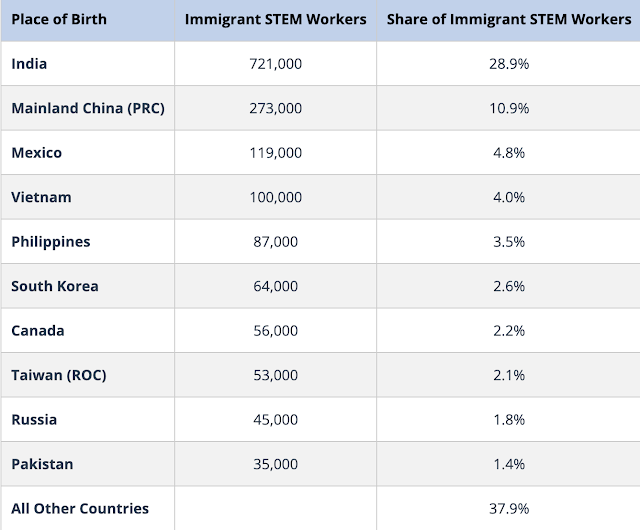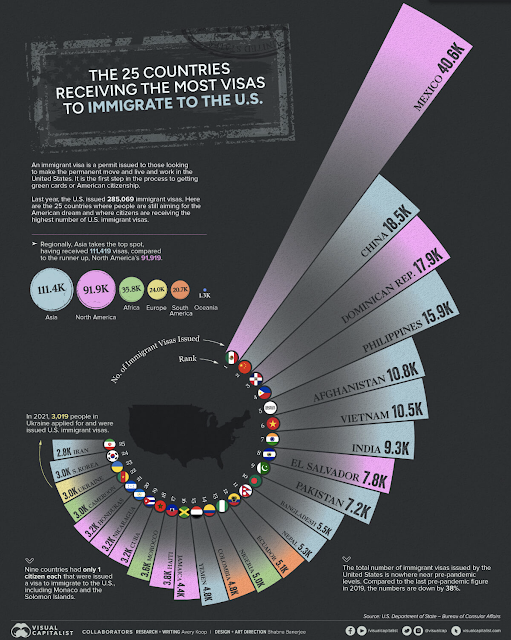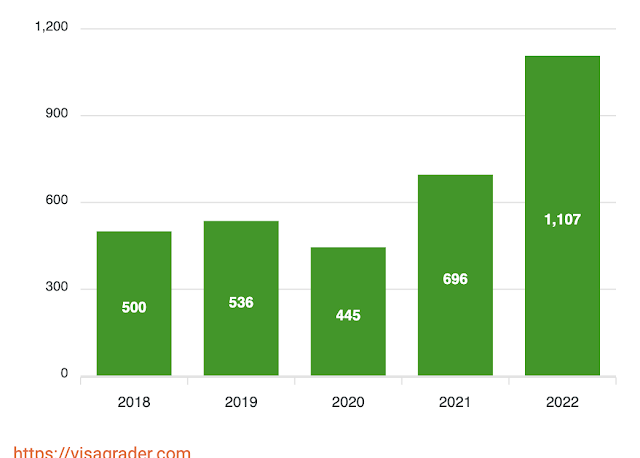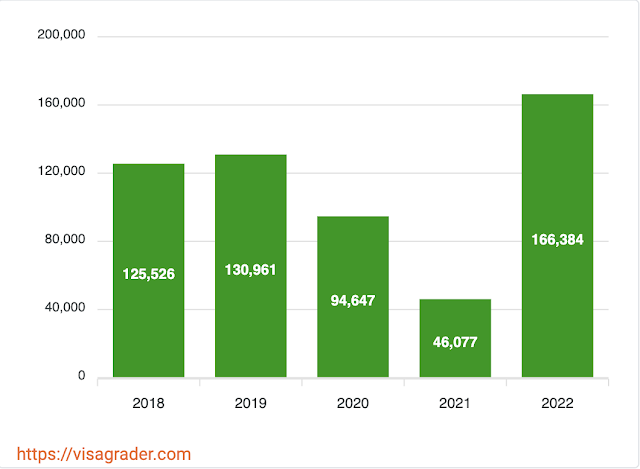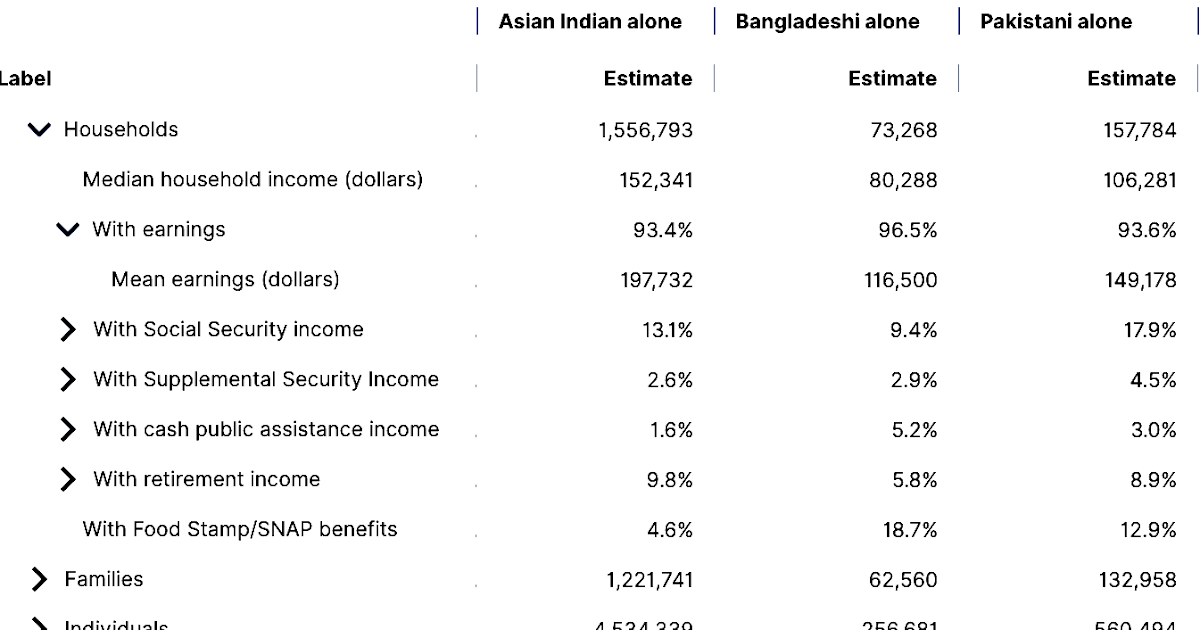
US Census Update: Pakistani-Americans' Average Annual Household Earnings Estimated at $150,000
The average annual household earnings of Pakistani-Americans are $149,178, according to the latest update issued by the United States Ce...
The average annual household earnings of Pakistani-Americans are $149,178, according to the latest update issued by the United States Census Bureau for 2022. The update estimates the median income of 132,958 Pakistani-American households at $106,281. Average is calculated by adding up all incomes and dividing it by total number of households. Median income level divides the top 50% of families from the bottom 50%. It shows that Pakistani-American household incomes are roughly at par with the Asian-American households' median of $104,646 and average of $149,363. The highest income ethnic group in the US are Asian Indian households with a median of $152,341 and average of $197,732. Asians are significantly richer than Whites (mean $78,636, average $112,415) and African Americans (mean $52,238, average $76,888). The word "alone" in the labels in the following table excludes mixed race households.
Asians, including Chinese/Taiwanese, Indians and Pakistanis, tend to be concentrated in STEM (Science, Technology, Engineering and Technology) fields where incomes are generally much higher than in other occupations.
As of 2019, there were 35,000 Pakistan-born STEM workers in the United States, according to the American Immigration Council. They included information technologists, software developers, engineers and scientists. These figures do not include medical doctors and healthcare workers.
Foreign-born workers make up a growing share of America's STEM workforce. As of 2019, foreign-born workers made up almost a quarter of all STEM workers in the country. This is a significant increase from 2000, when just 16.4% of the country’s STEM workforce was foreign-born. Between 2000 and 2019, the overall number of STEM workers in the United States increased by 44.5 percent, from 7.5 million to more than 10.8 million, according to American Immigration Council.
India topped the top 10 list of foreign-born STEM workers with 721,000, followed by China (273,000), Mexico (119,000), Vietnam (100,000), Philippines (87,000), South Korea (64,000), Canada (56,000), Taiwan (53,000), Russia (45,000) and Pakistan (35,000). Enormous number of Indian STEM workers in the United States can at least partly be attributed to the fact that India's "body shops" have mastered the art of gaming the US temporary work visa system. Last year, Indian nationals sponsored by "body shops" like Cognizant, Infosys and TCS received 166,384 H1B visas for work in the United States. By comparison, only 1,107 Pakistanis were granted H1B visas in Fiscal Year 2022. In addition to H1B work visas, 9,300 Indian nationals and 7,200 Pakistani nationals received immigrant visas to settle in the United States as permanent residents in 2021.
In addition to 35,000 Pakistan-born STEM workers, there were 12,454 Pakistan-born and Pakistan-trained medical doctors practicing in the United States, making the South Asian nation the second largest source of medical doctors in America. Pakistan produced 157,102 STEM graduates last year, putting it among the world's top dozen or so countries. About 43,000 of these graduates are in information technology (IT).
Related Links:
Haq's Musings
South Asia Investor Review
Over a Million Pakistani University Students Enrolled in STEM Fields
2021: A Banner Year For Tech Startups in Pakistan
Pakistani-Americans in Academia
Top One Percent: Are Hindus the New Jews in America?
Growing Share of Working Age Population in Pakistan
Pakistan Scientific Output is World's Fastest Growing
India's Chandrayaan 3 Success: Can Pakistanis Explore Space?
Digital Pakistan 2022
Pakistan's Large and Growing Civil Nuclear Program
Riaz Haq's Youtube Channel
PakAlumni Social Network

US Census Update: Pakistani-Americans' Average Annual Household Earnings Estimated at $150,000
The average annual household earnings of Pakistani-Americans are $149,178, according to the latest update issued by the United States Ce...



